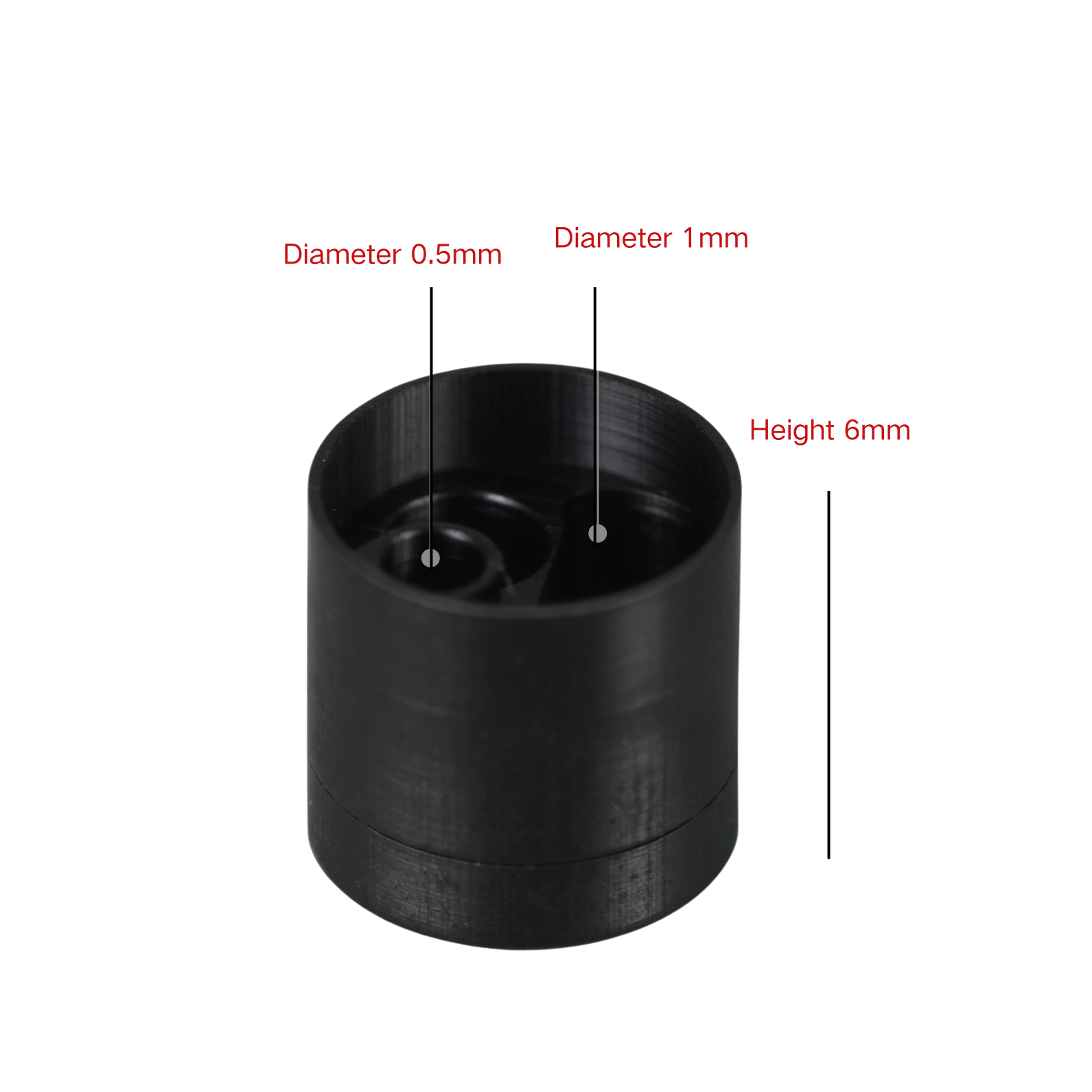Micro AM for Endoscope
3D printing is capable of achieving one-time
molding for such micro thin-walled components,
eliminating the need for assembly.
Micro AM for Endoscope Bio Resin/Tough Resin
Endoscope is a common image-based inspection instrument. An endoscope can enter a narrow channel to observe the internal status of a specific structure under test. In medical field, doctors can observe the morphological and pathological changes in human body cavities and internal organs using an endoscope. In the industry field, endoscopes have been widely used in pipeline detection.
In the field of precision medical endoscope manufacturing, the structure of endoscopes is increasingly trending towards miniaturization, with the diameter of the lens body shrinking to less than 1 millimeter, making it challenging for traditional processing methods to meet such high requirements. The intricate and complex structural design results in high research and development costs as well as manufacturing costs for traditional processes, leading to numerous challenging issues during the production process.
Why Micro 3D Printing
The traditional micro injection molding or micro CNC machining have been used for endoscope manufacturing, but it often involves high tooling cost and long turnaround times. For precision endoscope end fittings with wall thickness less than 0.15 millimeters, traditional processing methods such as CNC and injection molding are quite challenging, especially for thin-walled components with high depth-to-width ratios. 3D printing is capable of achieving one-time molding for such micro thin-walled components, eliminating the need for assembly.
1.Higher precision, can create thinner and more complicated structures. 3D printing can reduce the overall external dimensions of the image sensor module, thereby further reducing the outer dimensions of the endoscope tip, making it possible to miniaturize the endoscope. The optimized structure with fine details better adapts to the internal body environment, thus effectively improving the clinical experience of the patients.
2.Enable personalized customization. Micro AM allows creating endoscopes tailored to the patient's physiological structure and underlying conditions, thus improving diagnostic accuracy and comfort.
3.Reduce manufacturing lead times. 3D printing technology can directly convert designed models into physical objects, eliminating multiple steps and processes in traditional manufacturing, significantly reducing production lead times and improving manufacturing efficiency. The technology SteraFab adopt uses surface scanning technology which is able to fabricate 100 pieces within 4 hours.
4.Decrease production costs. Compared to traditional manufacturing methods, 3D printing technology reduces waste of materials and tools, lowering unnecessary expenses and thereby decreasing the manufacturing cost of endoscopes.

With the digital transformation of the healthcare industry, 3D printed endoscopes will also be integrated with more digital devices and systems, bringing greater innovation to the medical field.
What material works best for
